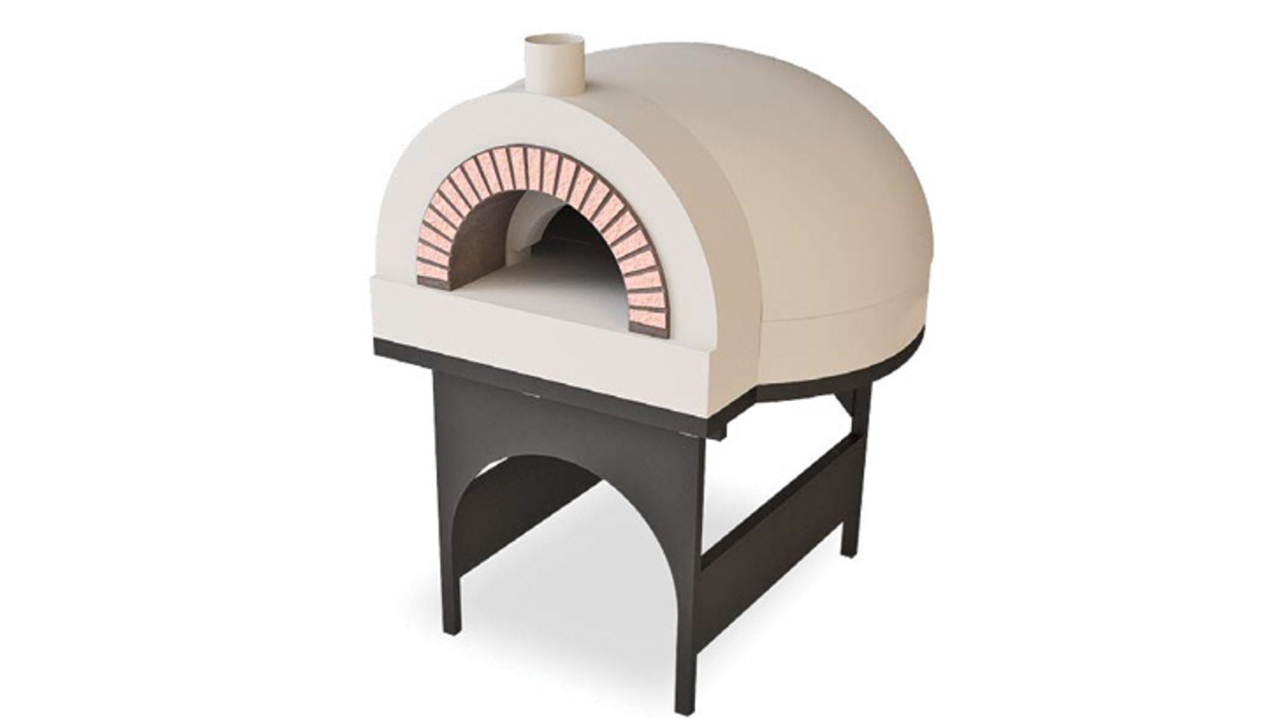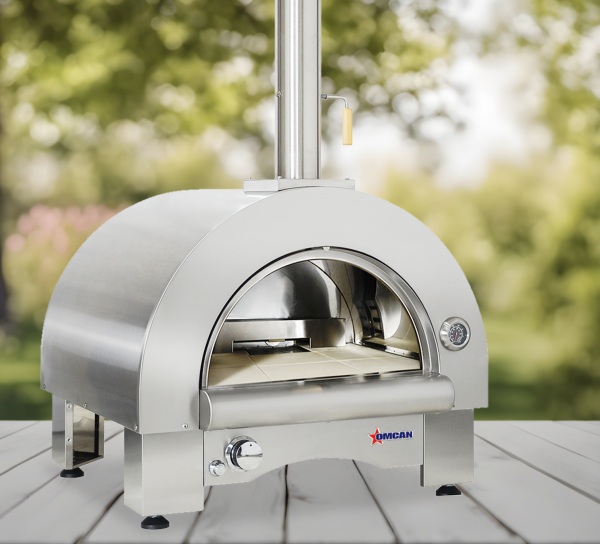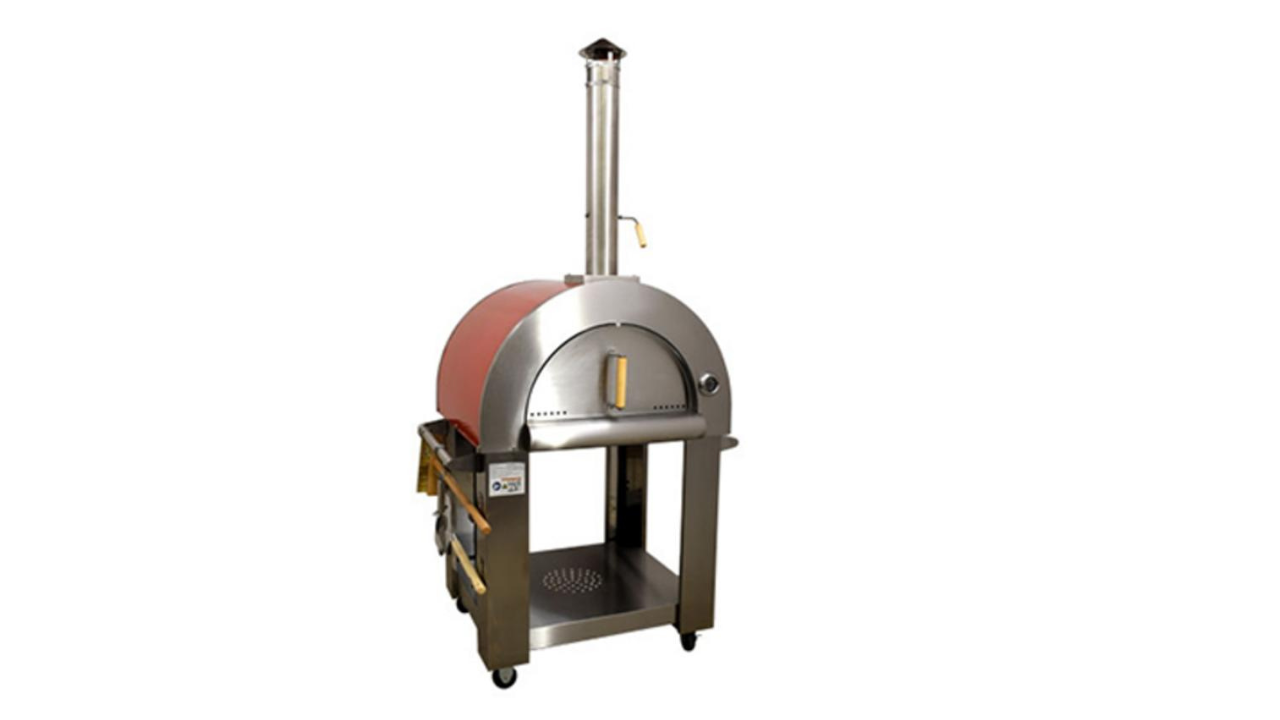May 21st 2024 - Team Member
Outdoor Pizza Ovens: Tips and Techniques for Perfecting Your Pizza
Outdoor pizza ovens have revolutionized the way we enjoy pizza, offering the opportunity to create delicious, artisan-style pies right in your backyard. Whether you're a seasoned pizza maker or a novice, mastering the art of outdoor pizza cooking can elevate your pizza game to new heights. In this comprehensive guide, we'll explore the essential tips and techniques to help you perfect your outdoor pizza cooking experience using keywords relevant to the pizza-making process.
Choosing the Right Oven
Types of Outdoor Pizza Ovens

- Wood-Fired Ovens:Wood-fired ovens are renowned for their ability to produce authentic Neapolitan-style pizzas with a crispy crust and delicious char.
- Gas Ovens:Gas ovens offer convenience and ease of use, allowing for precise temperature control and consistent cooking results.
- Electric Ovens:Electric ovens provide a reliable and efficient cooking methodc, ideal for those who prefer a more controlled cooking environment.
- Hybrid Ovens: Combine wood and gas options for versatility.
Unisource Food Equipment UNI-80 40 15/16" W x 46 1/16" D x 74 3/4" HPizza Oven - 95,000 BTU
Key Features to Look For

When selecting an outdoor pizza oven, consider the following features:
- Heat Retention: Ensures consistent cooking temperatures.
- Size and Capacity: Matches your cooking volume needs.
- Material Quality: Affects durability and performance.
Omcan USA 49113 1 DeckStainless Steel Wood and Propane Gas Countertop Pizza Oven - 35,000 BTU
Prepping Your Pizza Oven
Proper Installation and Setup
Ensure your pizza oven is installed correctly to achieve optimal performance. Follow the manufacturer's guidelines for positioning and ventilation. Proper setup prevents safety hazards and ensures efficient cooking.
Preheating the Oven
Preheating is crucial for a perfect pizza. Allow your oven to reach the desired temperature, typically between 800°F and 900°F, for even cooking and a crispy crust. Use an infrared thermometer to check the oven floor temperature
Other Tips and Tricks:

- Baking Stone: A baking stone is essential for creating a crispy crust by absorbing moisture from the dough and transferring heat evenly.
- Infrared Thermometer: Use an infrared thermometer to monitor oven temperatures accurately, ensuring the perfect cooking environment for your pizza.
- Wooden Peel: A wooden peel is essential for transferring pizzas in and out of the hot oven, ensuring they cook evenly and avoiding burns.
Omcan USA 48113 Red Enamel CoatedStainless Steel Wedge Wood Burning Oven
Cooking Techniques
Mastering the Dough
Choosing the Right Flour
The type of flour you use significantly impacts the texture and flavor of your pizza dough. Opt for high-protein flours, such as Tipo 00, which provide the elasticity needed for a perfect crust.
Kneading and Proofing
Proper kneading develops the gluten structure, while adequate proofing allows the dough to rise and develop flavor. Aim for a smooth, elastic dough and proof it until it doubles in size.
Perfecting the Sauce and Toppings
Homemade vs. Store-Bought Sauce
While store-bought sauces are convenient, homemade sauces offer superior flavor and customization. Use high-quality tomatoes, fresh herbs, and a touch of olive oil for a rich, balanced sauce.
Selecting and Preparing Toppings
Choose fresh, high-quality ingredients for your toppings. Pre-cook certain toppings, like meats and vegetables, to ensure they are fully cooked when the pizza is ready.
Safety Tips
- Heat Source: Whether using a wood-fired, gas, or electric oven, always follow manufacturer instructions and safety guidelines to prevent accidents.
- Infrared Temperature Gun: Use an infrared temperature gun to monitor the surface temperature of your pizza, ensuring it cooks evenly and thoroughly.
Cleaning and Maintenance
- Stainless Steel: If you have a stainless steel oven, clean it regularly with a damp cloth to remove any debris or residue that may affect its performance.
- Neapolitan Style Pizza: Master the art of making Neapolitan-style pizza with a light, airy crust and simple, fresh toppings for a truly authentic experience.
Troubleshooting Common Issues
Burnt Crust
Burnt crusts are often due to excessive oven temperatures or prolonged cooking times. Ensure the oven floor is not too hot and monitor the pizza closely.
Soggy Center
A soggy center can result from too much sauce or undercooked dough. Use a light hand with the sauce and ensure the oven is preheated adequately.
Uneven Cooking
Uneven cooking can occur if the pizza is not rotated properly. Regularly turn the pizza to ensure all sides receive equal heat.
Conclusion
By following these tips and techniques, you can perfect your outdoor pizza cooking skills and create delicious, artisan-style pizzas that rival those from your favorite pizzeria. Whether you prefer a wood-fired oven, gas oven, or electric oven, mastering the art of outdoor pizza cooking is sure to impress your friends and family and elevate your culinary repertoire.

